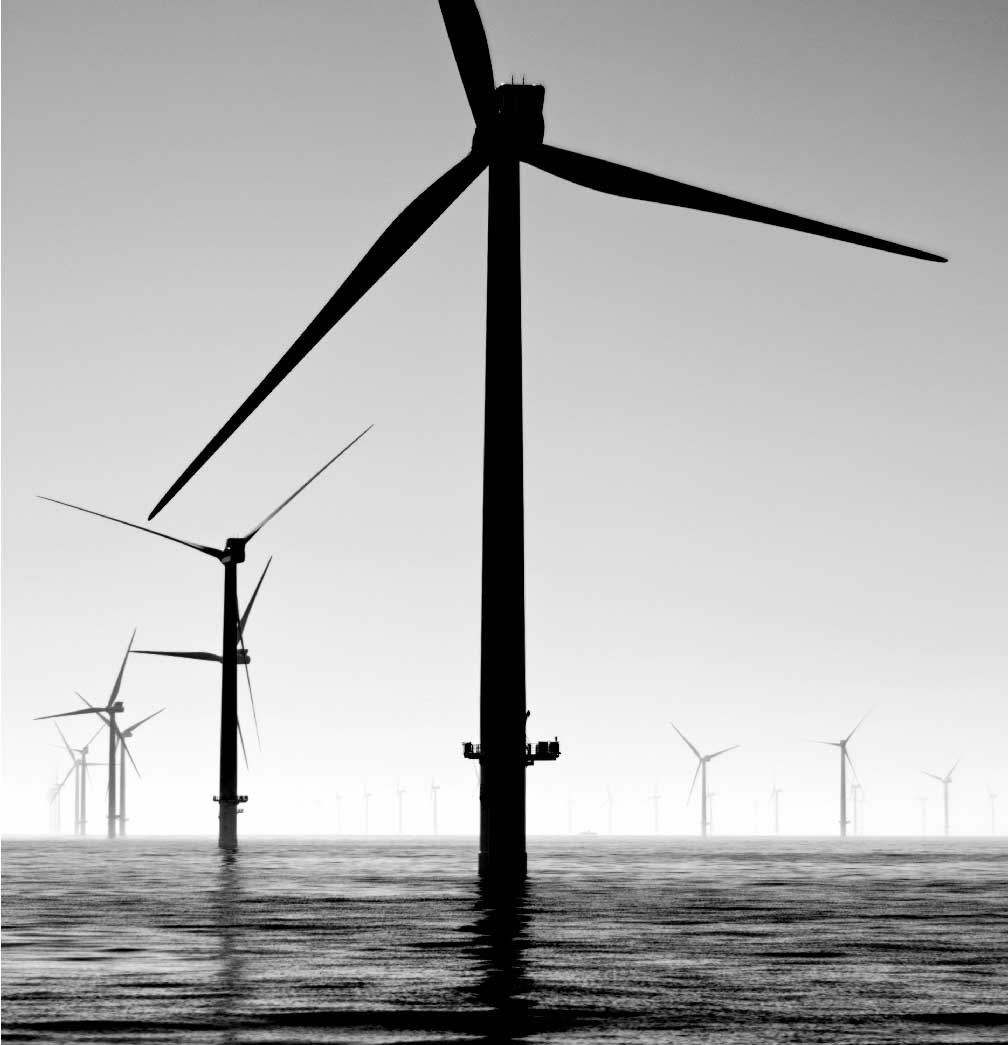
As the UK runs out of shallow areas of seabed suitable for wind turbines the government is trying to encourage the development of enormous floating wind farms in windy offshore locations once thought to be inaccessible.
Conventional offshore wind farms have turbines fixed to a foundation on the seafloor in ocean depths averaging around 30m. However, with further expansion of fixed structures limited by available ocean depths, attention is turning towards even larger turbines - up to 100m tall with 150m long blades - in depths of over 100m.
Two small demonstration floating wind farm projects generating 80MW are already in operation off Scotland. This compares with around 14GW being generated by the UK's 'fixed' offshore turbines. Now a new round of UK government subsidy contracts is expected to attract bids from more pilot schemes and the Crown Estate, which manages the seabed off England, Wales and Northern Ireland, is holding an auction for the first commercial scale floating wind farm.
The Crown Estate says that the latest Leasing Round is an "exciting opportunity to write a new chapter in the global offshore wind story" with the industry on track to meet the electricity needs of almost half of all UK homes in 2023.
The new floating wind sector in the Celtic Sea off the coasts of South Wales and South West England is expected to be the first phase of commercial development in the Celtic Sea, creating up to 4.5GW of new renewable energy capacity. The Crown Estate says it will act as a springboard for new social, economic and environmental opportunities.
In its Autumn Statement in November 2023, the UK Government confirmed its intention to unlock space for a further 12GW of capacity in the Celtic Sea.
Photo by Nicholas Doherty on Unsplash



